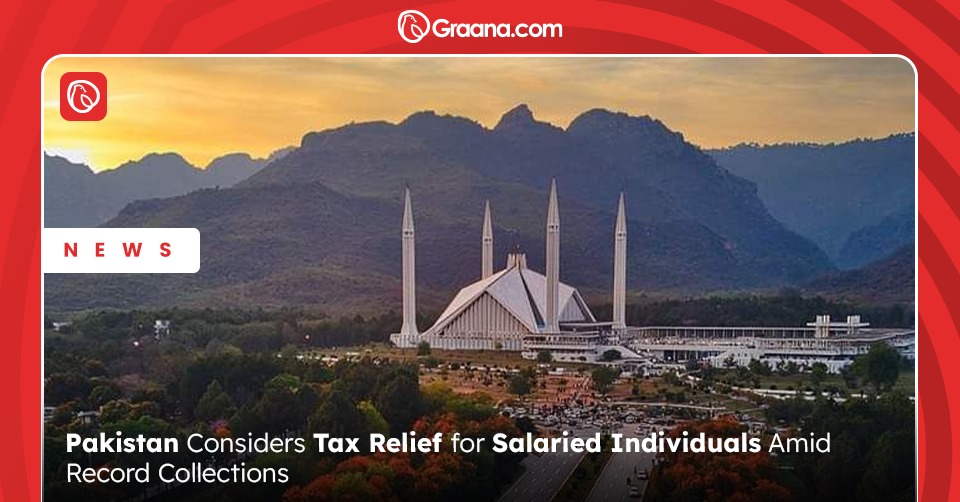Introduction
The wheels of an economy are powered by consumption and production activities; the higher the rate of these activities, the faster the wheel spins. The economic growth in Pakistan is led by consumption, and the local production capacity is low; therefore, the country relies on importing most of its consumer goods. One reason for this is a lower level of investment in the country’s industries. The present-day government of Pakistan believes that attracting overseas investment, especially from émigré, is a viable solution for this investment issue. This blog looks into methods to attract such investment opportunities.
Foreign Direct Investment Defined
The Organisation for Economic Cooperation and Development (OECD) defines Foreign direct investment (FDI) as; “a category of investment that reflects the objective of establishing a lasting interest by a resident enterprise in one economy (direct investor) in an enterprise (direct investment enterprise) that is resident in an economy other than that of the direct investor.”
In simpler terms, when a foreigner, be it an individual or an organisation, invests in Pakistan’s industries, it is called FDI.
FDI in Pakistan
In recent years, FDI inflows in the country have increased, according to the World Investment Report 2020. The report states that Pakistan’s FDI increased from USD 1.7 billion to USD 2.2 billion in 2019. The Economic Survey of Pakistan states that “FDI in telecom during July-February FY2021 was $ 101.1 million. Telecom operators have invested an amount of $ 363.9 million during July-February FY2021.” Though Pakistan is getting considerable FDI in the telecom sectors, some other industries also need it.
Pakistan’s FDI Challenges
Pakistan has many natural resources and a growing population where FDI can help it achieve economic growth, human capital development, and socioeconomic development. However, due to Pakistan’s selective judicial system, poor law and order situation and economic issues, investors don’t hold much confidence in the Pakistani economy. Pakistan’s economy is crippled by the energy crisis, lack of quality education, security concerns, lack of a knowledge economy, political instability, governance issues and taxation issues.
How can Pakistan Attract FDI?
Step 1: Identify target investors
Pakistan needs to identify who the investors are around the world and what they are interested in. A lot of groups around the world have money, like oil-rich Arab countries, Chinese, and transnational corporations. Most investors are spending on tech startups in our neighbourhood, and Google is a leading buyer of tech outputs in India. Pakistan needs to identify who it wants to invest in the country. The present government believes that the overseas Pakistanis are the best investors in the country, but they don’t possess pools of wealth like Arabs, or tech giants do. Pakistan should look into attracting Arab investors who invest in tech initiatives. Pakistan has good relations with all Arab countries, and it has a massive number of unemployed engineers who could find employment in incubation centres.
Step 2: Identify core competencies
Once it is decided which investors Pakistan wants, the next step is to identify its core competencies. Economic wisdom dictates that a country should focus on its core competencies—its strength—to achieve sustainable economic growth. In Pakistan’s case, agriculture has been its core competency, but economists have started to argue that the future of Pakistan is not in agriculture. Pakistan can begin by improving agriculture income and then invest that income to build a tech sector. If Pakistan succeeds, it has to make agriculture income a base for a knowledge-based and tech-related economy.
Step 3: Create a legal and governance structure that gives investors’ confidence
Pakistan must introduce laws that make doing business easy in the country, and it needs to improve the governance situation to attract investors. Pakistan needs to make judicial processes easy and fast so that the investors are not afraid to lose money and be mistreated. In post-2008, investors were concerned about the country’s security condition and poor governance; thus, FDI declined in that period. Fortunately, the security conditions in the country have improved, but there is a need to work on building strong governance structures in the country.
Step 4: Resolve energy crisis
Pakistan’s industries are at a standstill because of the power shortage to run its equipment. Pakistan’s energy crisis is the cause many investors avoid investing in the country’s industries. Instead of starting new dam debates, the country could utilise solar energy projects to feed its energy needs. Under the China Pakistan Economic Corridor, many energy projects will help provide the country’s energy needs. Pakistan can use this opportunity to increase the trust of investors.
Conclusion
In a nutshell, FDI can be a golden opportunity for Pakistan to achieve sustainable economic growth. Pakistan can do so by first attracting investors in its tech sector as tech is the future. Before that, it needs to improve its agriculture sector and use that income to make the tech sector attractive for investors. It also needs to strengthen belief law and governance and resolve energy crisis issues to win investors’ trust. believe




